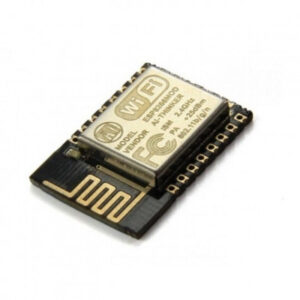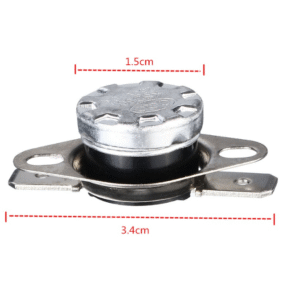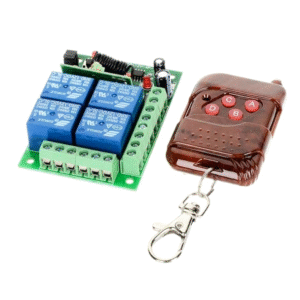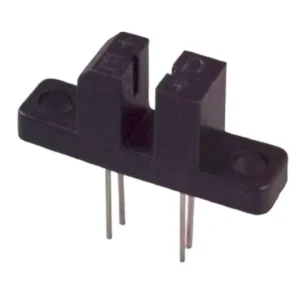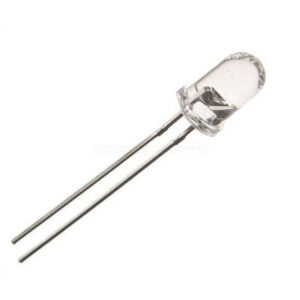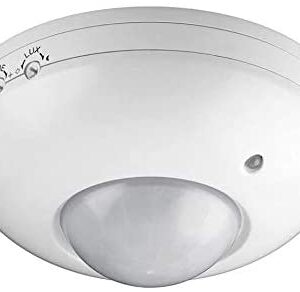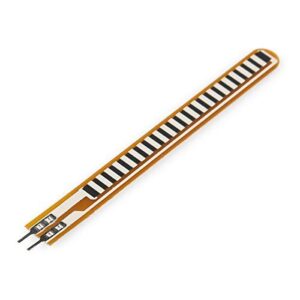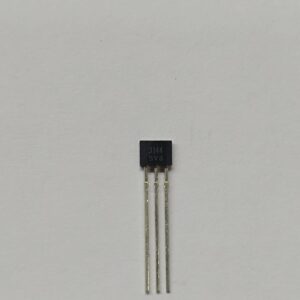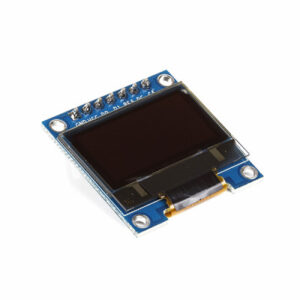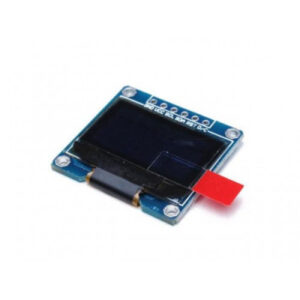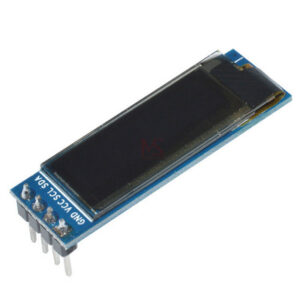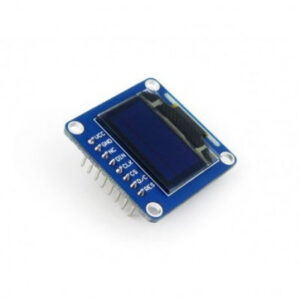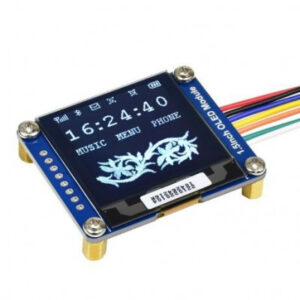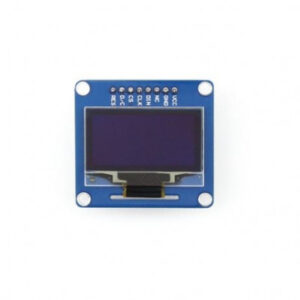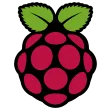Sensors & Module
Showing 16–30 of 209 resultsSorted by latest
-
Ai Thinker ESP Wifi Module
Ai Thinker ESP-12E ESP8266 Serial WiFi Module
The Ai Thinker ESP-12E ESP8266 Serial WiFi Module by Micron Robotics is a high-performance, low-power wireless module ideal for IoT and smart device integration. Featuring the Ai Thinker ESP8266 chipset, it enables easy Wi-Fi connectivity, efficient power management, and seamless communication for mobile and embedded applications.
SKU: n/a -
Temperature Sensor
KSD301 10A 250V Temperature Controlled Switch Thermostat (85C Normally Closed )
KSD301 10A 250V Temperature Controlled Switch is a high-quality thermostat designed for automatic temperature regulation in heating and cooling appliances. With an 85°C Normally Closed design, it offers reliable performance, overheating protection, and long service life.
SKU: n/a -
Relay Module
433MHz 12V 4 Channel Relay Module Wireless Remote Control Switch
433MHz 12V 4 Channel RF Remote Control Kit is a reliable wireless relay module switch that lets you control appliances, lights, motors, and other devices remotely. This remote control kit offers up to 50m range and supports multiple output modes like latching, non-latching, and interlocking.
SKU: n/a -
Distance Sensors, Sensors
H21A1 Slotted Optical Interrupter Sensor
H21A1 Slotted Optical Interrupter Sensor for accurate object detection in automation systems. This compact optical interrupter sensor provides precise analog output and low power consumption, perfect for encoders, robotics, and proximity sensing.
SKU: n/a -
-
IR & PIR Sensors, Sensors
PIR Motion Sensor Ceiling Mounted WD31C – 360° Smart Motion Detection
Upgrade your lighting with the PIR Motion Sensor Ceiling Mounted WD31C. With 360° coverage and auto-on light activation, enjoy energy-saving smart automation.
- Energy saving
- Wall mounted
- Easy installation
- 1 year manufacturer warranty
- PIR motion sensor with light sensor
- Quick Sense technology for seamless sensing
SKU: n/a -
Flex Sensors
2.2 inch Flex Sensor Spectra Symbol Resistive
2.2 inch Flex Sensor Spectra Symbol Resistive is a high-performance bend sensor designed to measure physical flexing or bending. This sensor measures 7.3 cm (2.2 inches) in length and 6.3 mm in width, offering accurate resistance changes as it flexes. It operates at a voltage range of 0 to 5V DC, with a power rating of 0.5W (continuous) and 1W (peak), making it ideal for low-power embedded applications.
SKU: n/a -
Display Devices, OLED Display
2.44 cm (0.96 Inch) I2C/IIC 128×64 OLED Display Module 4 Pin – White Color
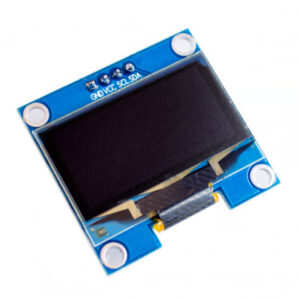 Display Devices, OLED Display
Display Devices, OLED Display2.44 cm (0.96 Inch) I2C/IIC 128×64 OLED Display Module 4 Pin – White Color
2.44 cm (0.96 Inch) I2C/IIC 128×64 OLED Display Module 4 Pin – White Color is a precise small, White OLED module which can be interfaced with any microcontroller using I2C/IIC protocol. It is having a resolution of 128×64.
OLED (Organic Light-Emitting Diode) is a self light-emitting technology composed of a thin, multi-layered organic film placed between an anode and cathode. In contrast to LCD technology, OLED does not require a backlight. OLED possesses high application potential for virtually all types of displays and is regarded as the ultimate technology for the next generation of flat-panel displays.
OLEDs basic structure consists of organic materials positioned between the cathode and the anode, which is composed of electric conductive transparent Indium Tin Oxide (ITO). The organic materials compose a multi-layered thin film, which includes the Hole Transporting Layer (HTL), Emission Layer (EML) and the Electron Transporting Layer (ETL). By applying the appropriate electric voltage, holes and electrons are injected into the EML from the anode and the cathode, respectively. The holes and electrons combine inside the EML to form excitons, after which electro luminescence occurs. The transfer material, emission layer material and choice of electrode are the key factors that determine the quality of OLED components.
SKU: n/a -
Display Devices, OLED Display
2.44 cm (0.96 inch) 128×64 OLED Display Module – SPI/I2C – 7 Pin
2.44 cm (0.96 inch) Blue OLED display module. The display module can be interfaced with any microcontroller using SPI/IIC protocols. It is having a resolution of 128×64 . The package includes display board,display, 7 pin male header presoldered to board.
OLED (Organic Light-Emitting Diode) is a self light-emitting technology composed of a thin, multi-layered organic film placed between an anode and cathode. In contrast to LCD technology, OLED does not require a backlight. OLED possesses high application potential for virtually all types of displays and is regarded as the ultimate technology for the next generation of flat-panel displays.
OLEDs basic structure consists of organic materials positioned between the cathode and the anode, which is composed of electric conductive transparent Indium Tin Oxide (ITO). The organic materials compose a multi-layered thin film, which includes the Hole Transporting Layer (HTL), Emission Layer (EML) and the Electron Transporting Layer (ETL). By applying the appropriate electric voltage, holes and electrons are injected into the EML from the anode and the cathode, respectively. The holes and electrons combine inside the EML to form excitons, after which electro luminescence occurs. The transfer material, emission layer material and choice of electrode are the key factors that determine the quality of OLED components.
SKU: n/a -
Display Devices, OLED Display
2.44 cm (0.96 inch) 128×64 OLED Display Module – 6 Pin
2.44 cm (0.96 inch) OLED Display Module is a precise small, White OLED module which can be interfaced with any microcontroller using SPI protocol. It is having a resolution of 128×64. The package includes display board, display, 6 pin male header.
OLED (Organic Light-Emitting Diode) is a self light-emitting technology composed of a thin, multi-layered organic film placed between an anode and cathode. In contrast to LCD technology, OLED does not require a backlight. OLED possesses high application potential for virtually all types of displays and is regarded as the ultimate technology for the next generation of flat-panel displays.
OLEDs basic structure consists of organic materials positioned between the cathode and the anode, which is composed of electric conductive transparent Indium Tin Oxide (ITO). The organic materials compose a multi-layered thin film, which includes the Hole Transporting Layer (HTL), Emission Layer (EML) and the Electron Transporting Layer (ETL). By applying the appropriate electric voltage, holes and electrons are injected into the EML from the anode and the cathode, respectively. The holes and electrons combine inside the EML to form excitons, after which electro luminescence occurs. The transfer material, emission layer material and choice of electrode are the key factors that determine the quality of OLED components.
It can be used with either an spi interface – selectable by soldering two jumpers on the again. The design is completely 5v-geared up, with an onboard regulator and constructed in raise converter. It’s easier than ever to connect immediately for your 3v or 5v microcontroller without having any type of stage shifter.
SKU: n/a -
Display Devices, OLED Display
Waveshare 2.44 cm (0.96 Inch) OLED Display (B) Module
This is a Waveshare 2.44 cm (0.96 Inch) OLED Display (B) module. It is a very high-contrast display with no backlight. It is perfect when you need an ultra-small display. This module supports SPI/I2C communication interfaces. It supports various hardware platforms such as Raspberry Pi/Jetson Nano/Arduino/STM32.
Comparing to LCD, OLED screens are way more competitive, which has a number of advantages such as high brightness, self-emission, high contrast ratio, slim outline, wide viewing angle, wide temperature range, and low power consumption. This module provides 3 kinds of driver interfaces; they are 3-wire SPI, 4-wire SPI, and I2C interface.
SKU: n/a -
Display Devices, OLED Display
Waveshare 1.5 inch 128×128 General OLED Display Module
This is a general 1.5inch diagonal OLED display Module from Waveshare, 128×128 pixels monochrome dot matrix display module with 16 grayscales, and embedded controller communicating via SPI or I2C interface.
It is perfect when you need an ultra-small display. Comparing to LCD, OLED screens are way more competitive, which has a number of advantages such as high brightness, self-emission, high contrast ratio, slim outline, wide viewing angle, wide temperature range, and low power consumption. It is compatible with any 3.3V-5V microcontroller, such as Arduino.
The characteristics of this display module are high brightness, self-emission, high contrast ratio, slim/thin outline, wide viewing angle, wide temperature range, and low power consumption.
SKU: n/a -
Display Devices, OLED Display
Waveshare 1.3 Inch OLED Display (B) Module
This is a Waveshare 1.3 Inch OLED Display (B) module. It is a very high-contrast display with no backlight. It is perfect when you need an ultra-small display. This module supports SPI/I2C communication interfaces. It supports various hardware platforms such as Raspberry Pi/Jetson Nano/Arduino/STM32.
Comparing to LCD, OLED screens are way more competitive, which has a number of advantages such as high brightness, self-emission, high contrast ratio, slim outline, wide viewing angle, wide temperature range, and low power consumption. This module provides 3 kinds of driver interfaces; they are 3-wire SPI, 4-wire SPI, and I2C interface.
SKU: n/a


